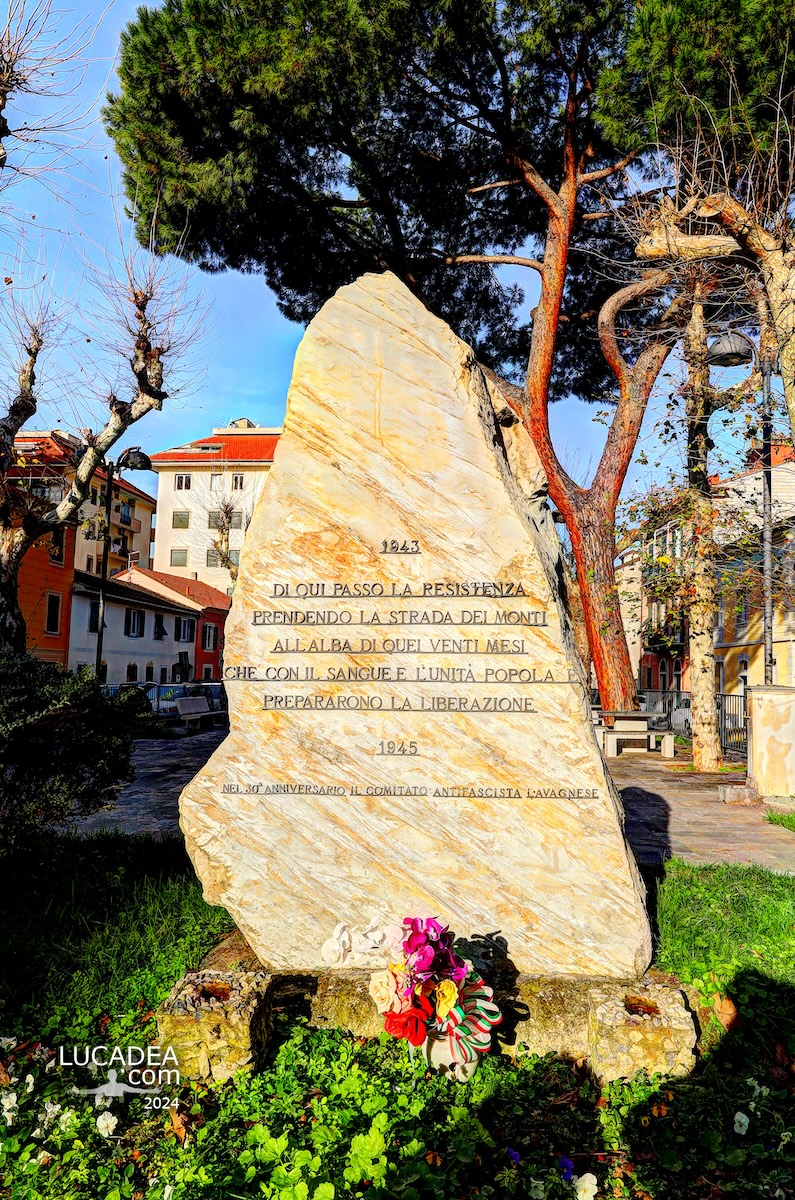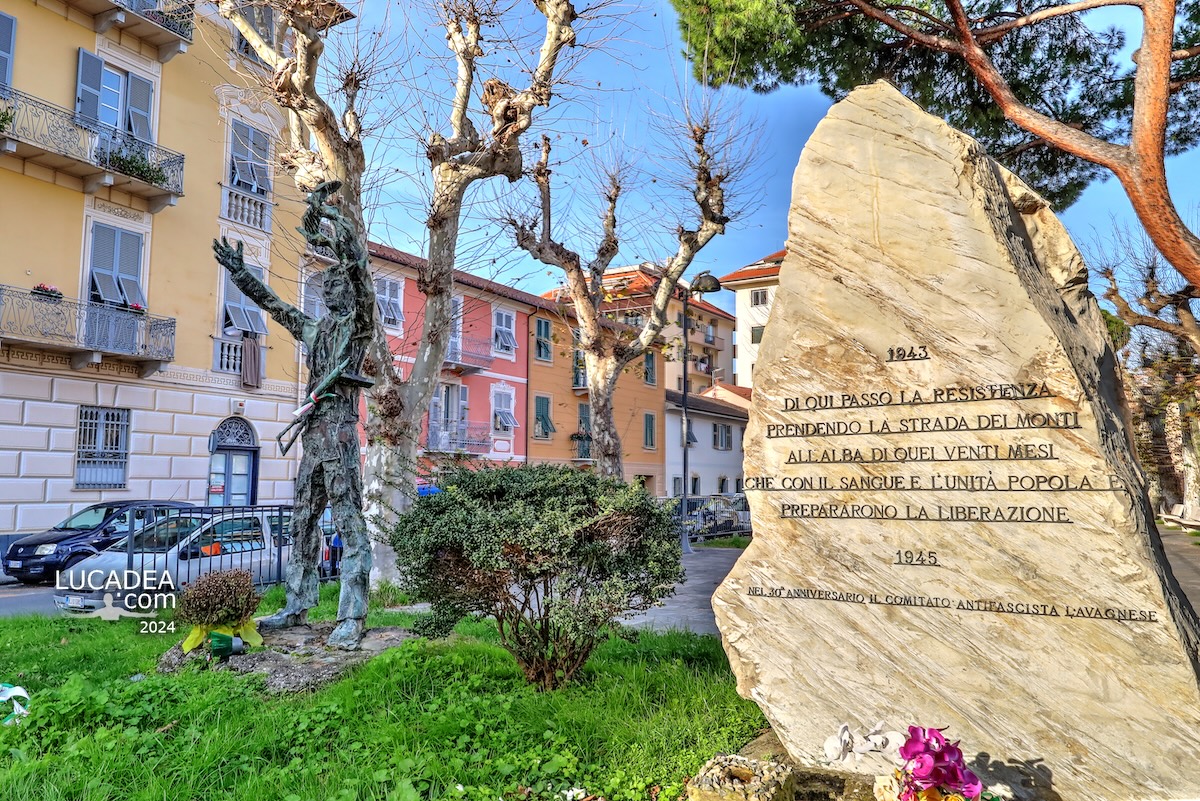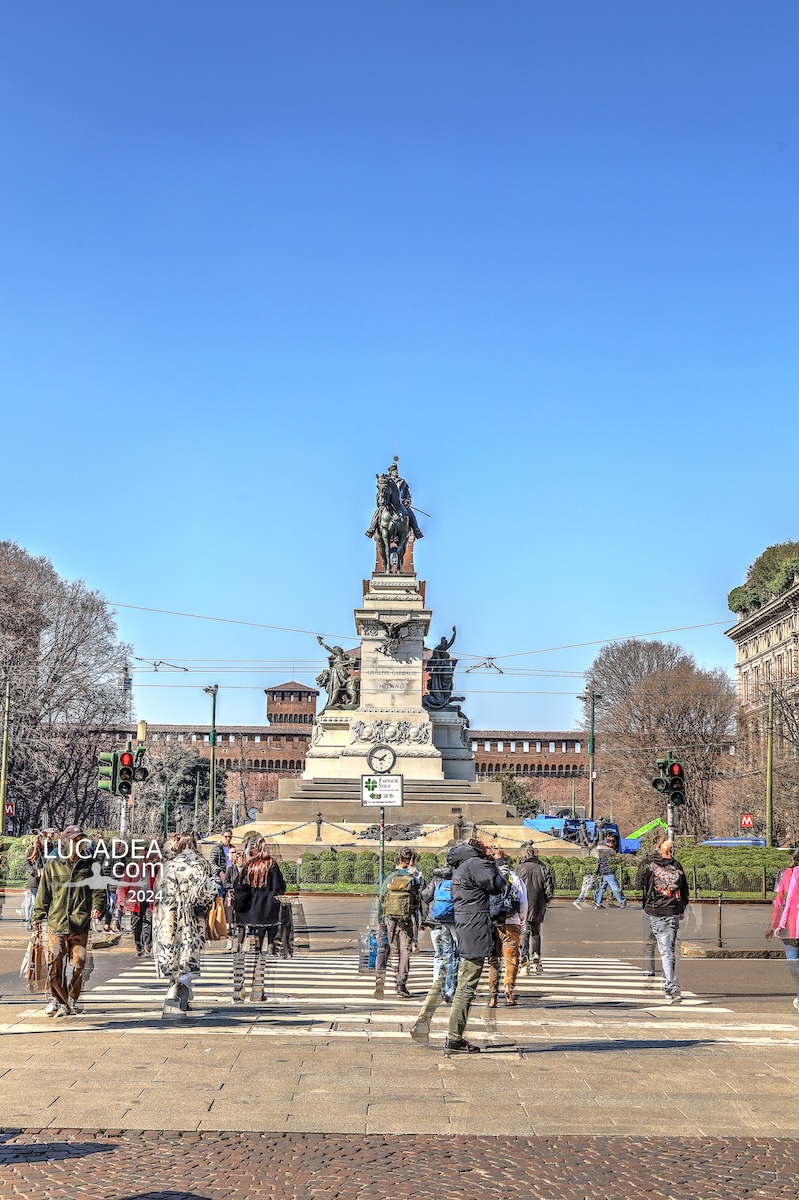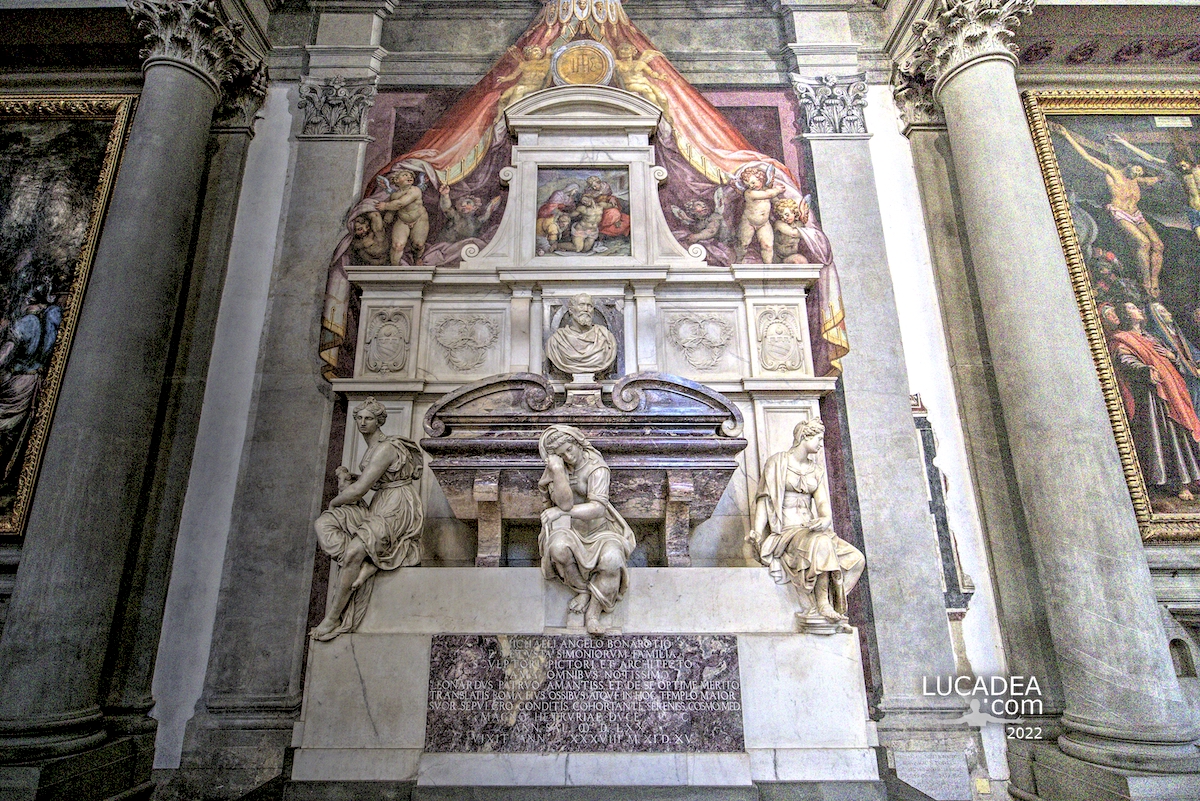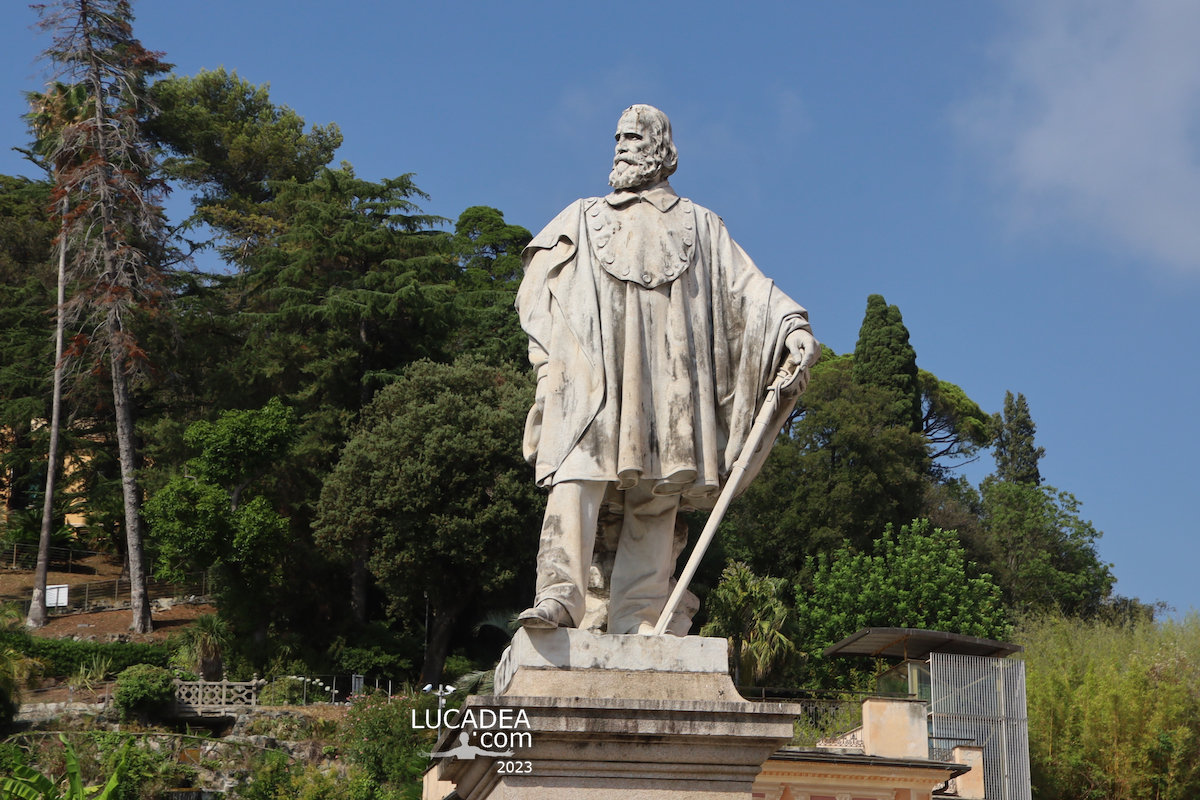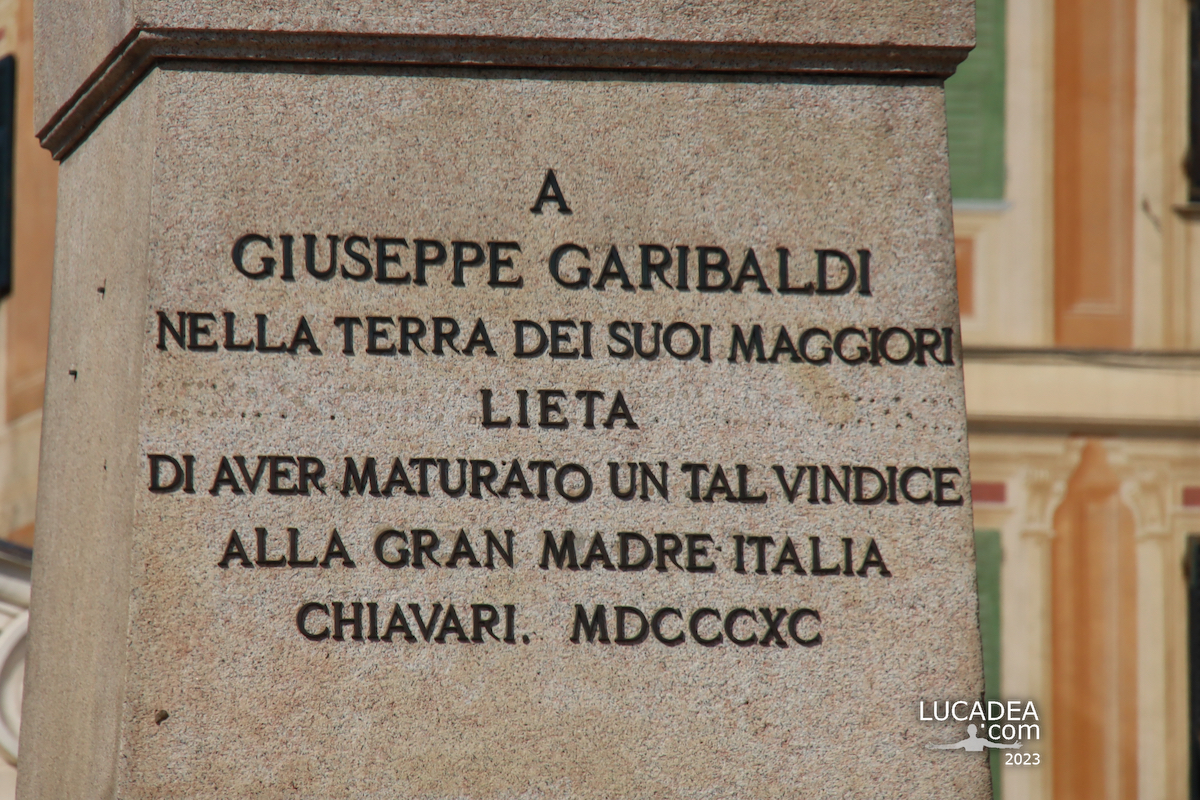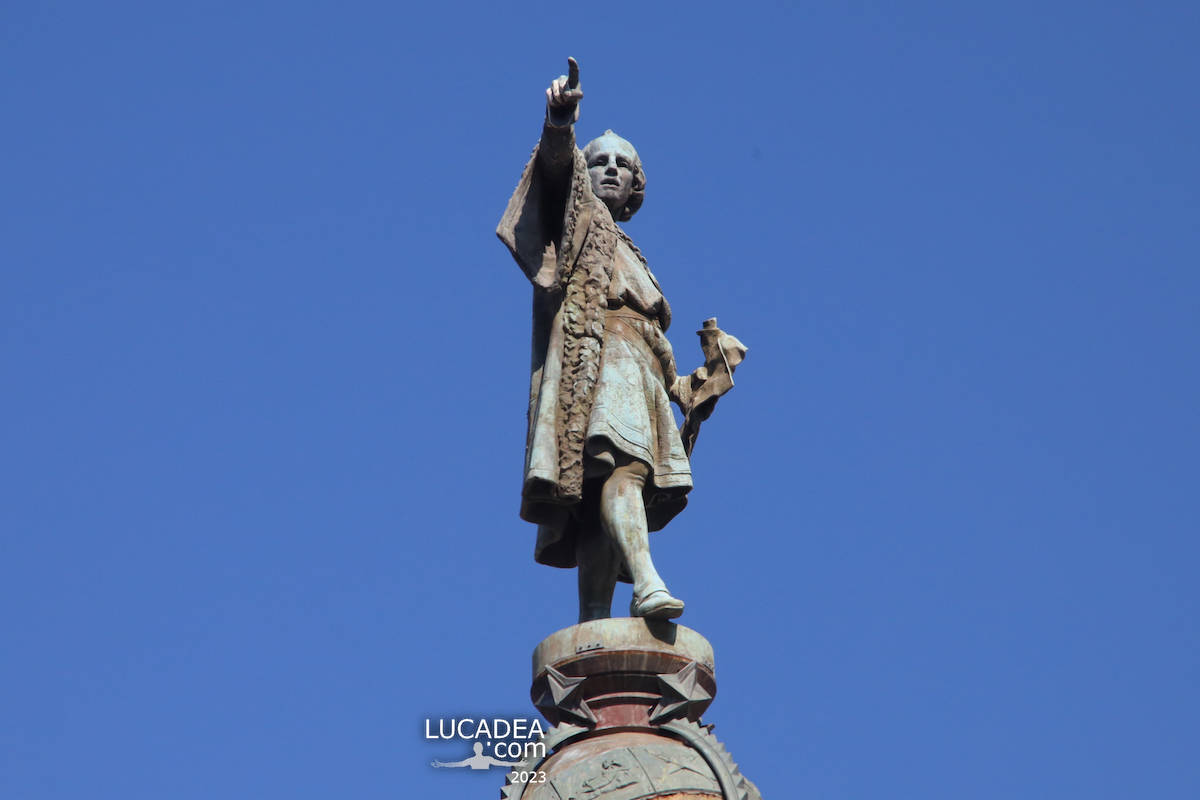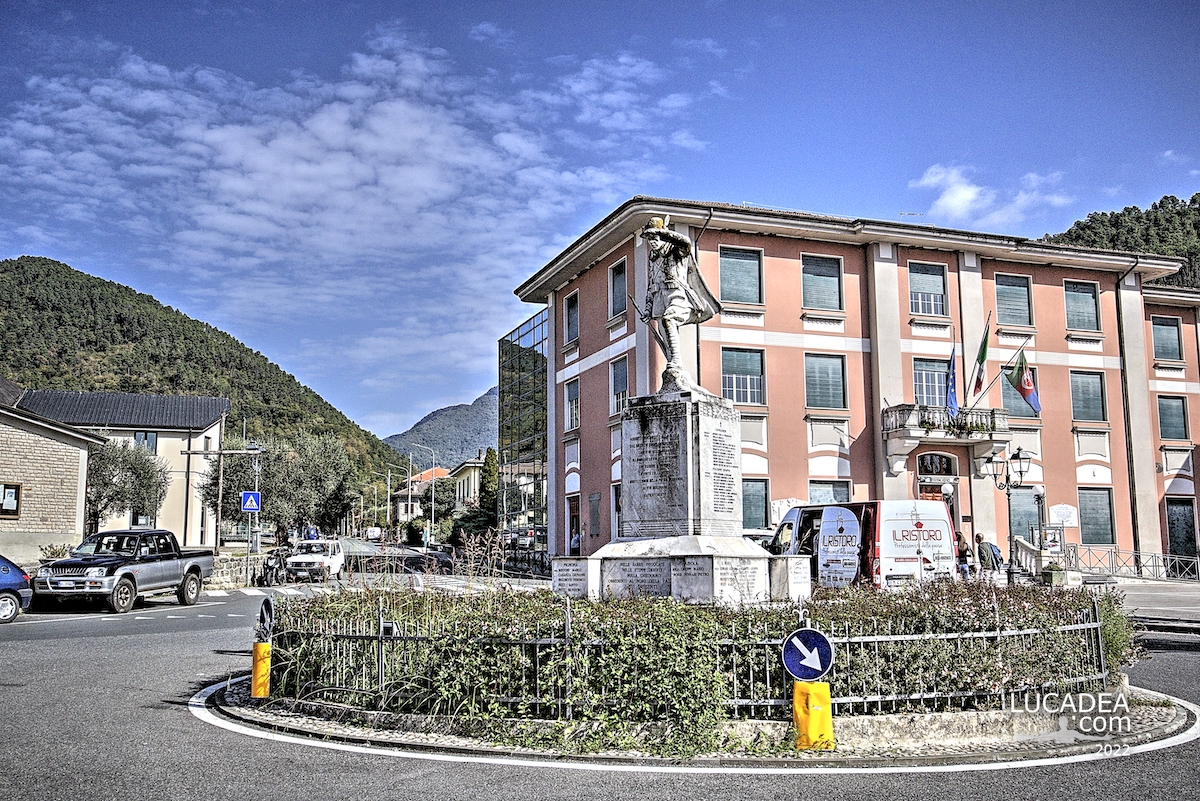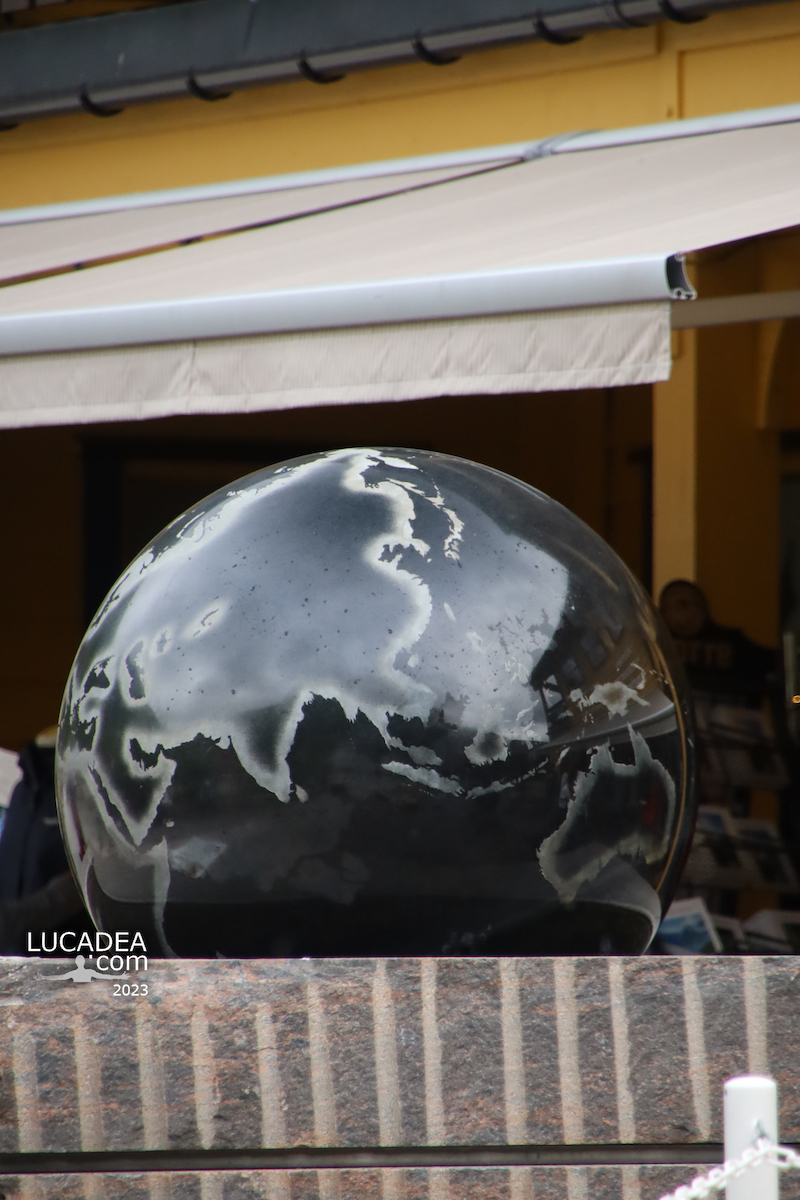The statue of the Ganges in the Fountain of the Four Rivers in Rome.
The Fountain of the Four Rivers is one of the most famous works of the famous Italian sculptor Gian Lorenzo Bernini. It is located in the Piazza Navona in Rome and was commissioned by Pope Innocent X (born Giovanni Battista Pamphilj) in 1648. The fountain is located in the center of the square and is a masterpiece of Baroque art.
The fountain takes its name from the four rivers represented in the four giant statues located at the base of the central tower. These four rivers are symbols of four of the then known continents: the Nile for Africa, the Ganges for Asia, the Danube for Europe and the Rio de la Plata for the Americas. The statues are made of marble and each is accompanied by an animal or symbol characteristic of the region it represents.
At the center of the fountain is an Egyptian obelisk, an architectural element that was transferred from Ancient Rome to the square by order of Pope Innocent X. The obelisk is crowned by the dove of peace and topped by a gilded bronze globe. This element gives the fountain a remarkable height and grandeur.
The Fountain of the Four Rivers is an impressive work that masterfully mixes art, architecture and symbolism, as often happens in Bernini's works. Its creation required a considerable effort of engineering, and the result is one of the most admired and iconic attractions in Rome.
Do you know Rome and its monuments? Add your own comment or go to the bottom of the site to read what other visitors have written.
Photo taken with Canon EOS RP and lens Canon RF 24-50.
Click here to see all the photos of Rome:

Here's where the fountain is located:
Bernini’s giants move in gestures full of life and with an irrepressible expressive exuberance. The Ganges holds a long oar that suggests the navigability of the river. The sculptor seeks a more careful study of the movements and expressions, which the artist varies to the maximum.
Continue and learn more on Wikipedia
The Ganges statue in the Fontana dei Fiumi in Rome – La statue du Gange dans la Fontana dei Fiumi à Rome – La estatua del Ganges en la Fontana dei Fiumi en Roma – A estátua do Ganges na Fontana dei Fiumi em Roma – Die Ganges-Statue in der Fontana dei Fiumi in Rom – Tượng sông Hằng ở Fontana dei Fiumi ở Rome – 罗马 Fontana dei Fiumi 的恒河雕像 – ローマのフォンタナ・デイ・フィウミにあるガンジス川の彫像
The text of the post was written with the help of ChatGPT, a language model from OpenAI.








